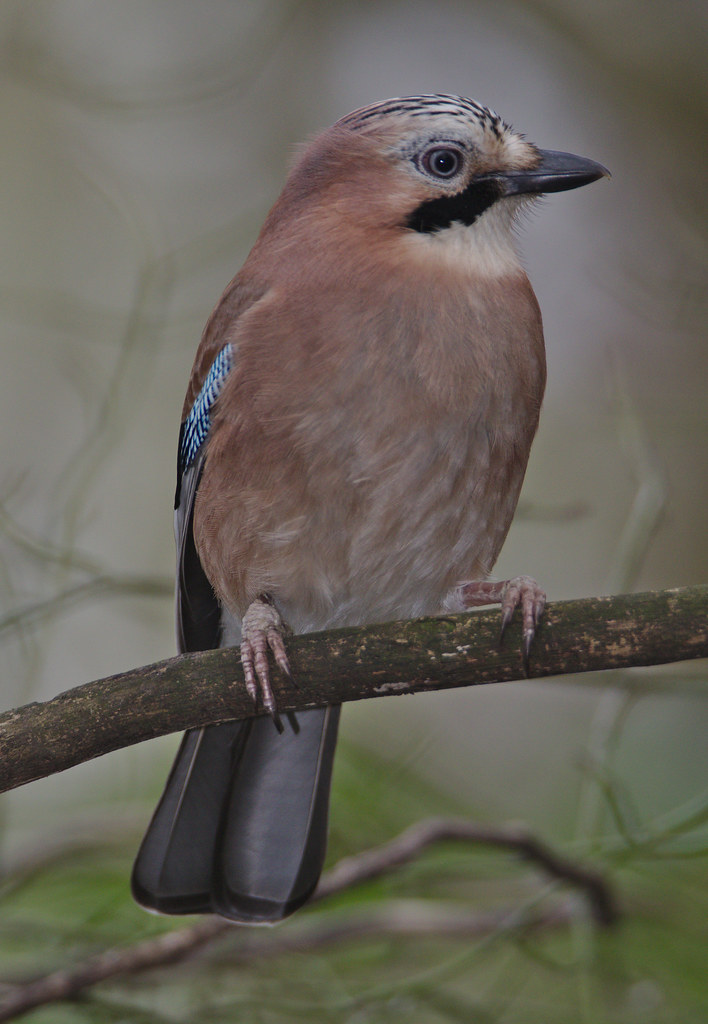It's always worth going out,as a nature guy one might see something remarkable and lets face it it's good for us too. As a tog it might actually present not only chances to learn about high iso but also to make different images and one simply can't find on a sunny day.
The day in question is a case in point: we had chores but really just wanted to get out,watched weather prayed for more light and no rain,all to no avail. So left home with it hammering down. As it happened there was a chink in the cloud on arrival, Kes turned up with not quite enough time to get any images of the sun catching her,missed it by seconds. But then spent a while shooting an incredibly bedraggled bird preening,Shots one could rarely get on a sunny day and learning about high iso. Simply a fantastic experience.
As with Wez most will probably get deleted,but a guy with more ability might have got some real gold there.
I guess with the constant improvement in sensors and their ability to produce less noise at higher iso, in time I think more of us will have access to these cameras so the grey gloom might be a bit easier for us to deal with. I noted Mark's comment above about the iso being higher than the shutter,something I've never mused before ,looked at the couple or three hundred frames we shot in the gloom not one.has the shutter numerical value higher than that of iso. For me at this stage learning all this ,these grey miserable days have provided one hell of a learning tool.
Ha ha and as the nature boy,well I got to spend time with a little falcon I love, had a long chat while the little fella while she had a wash and brush up. We went home cold wet and happy: My last frame was as she lifted dived into the base of the hedge chased a vole down on foot and flew off to her tree with dinner,
The moto if its grey and the camera is in it's bag one won't be making any images: if one goes out on has a chance, maybe just to learn maybe just to see something cool, but yeah maybe an image to go home with and keep
Joel, I hope your grey old day ended as well as mine mate, ok it didn't go completely to plan as couldn't upload images to computer, when we got home eos utilitly said NO.....but that's life huh,I'm sorted now

Stu




 EF7A0177Jay
EF7A0177Jay